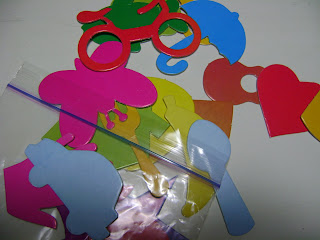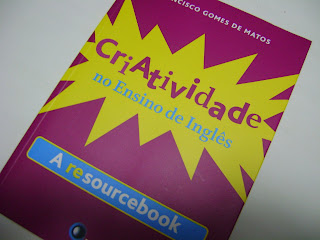


One of these days I was passing by a R$ 1,99 store when I decided to go in and see if I could find something cheap, but at the same time interesting, to use in my classes. So I bought the three objects above because I thought they could be useful in my lessons.
1) A mirror (R$ 2.50) – Why not bring to class a mirror in order to teach Reflexive Pronouns? The teacher may look at the mirror and say: “I’m looking at MYSELF”. After that, it would be a student’s turn to look at the mirror and this time the teacher would say: “She/He is looking at HERSELF/HIMSELF” and so on.
2) A flute (R$ 1,99) – CAN you play the flute? This idea would be really nice for large groups. The teacher could give a student the flute and ask this volunteer to play the musical instrument. Probably this student wouldn’t be able to do so, and the teacher would have a great chance to teach CAN by saying something like: “Iiiiii..I guess João CAN´T play the flute...” and continue asking the other students: “CAN you play the flute?”, "Who CAN play the flute?"
3) An object we used in the past to learn how to count - (R$ 5.50)- Do you remember this?? I really don’t know its name even in Portuguese! A different idea to practice NUMBERS in the year 2010!! After presenting the numbers, ask your student to count using this object from the old days!

































